Design
Getting straight into it, let's look at the design of the Razer Phone. All photography is handled in-house at KitGuru.
Note: if the above gallery is not displaying properly, please consider disabling your ad blocker as they are known to interfere with our display code.
Straight away, we can see the Razer Phone is dissimilar to many of 2017's flagship phones in that it has chunky bezels and a standard 16:9 display. The chunky ‘forehead' and ‘chin' are there to house the phone's front-facing stereo speakers – each of which has a dedicated amplifier. The sound is incredible for a smartphone – very loud, but clear and even slightly punchy in the low-end. I still wouldn't do any serious listening using the in-built speakers, but for your general media consumption these are by far the best I've heard.
Once we look beyond the boxy design – something which is a necessity for stereo front-facing speakers – I think it becomes clear that the Razer Phone is still a thing of beauty. The matte black, CNC-machined aluminium unibody is frankly stunning, and has even been precisely designed to share the same finish as the Razer Blade laptops. It is also rock solid, with zero flex to it, while the chrome Razer logo adds some detail and interest to the back of the phone.
On the left-hand side of the device we find two volume buttons, and on the right-hand side of the phone we find the power button, which has an integrated fingerprint scanner. These are positioned lower down on the phone's sides than is usual, and that is so when the phone is being used horizontally users don't accidentally lock their screen or adjust the volume levels – great for mobile gaming.
The USB-C connector on the bottom edge of the phone is used for both charging and for audio purposes as there is no 3.5mm headphone jack on the Razer Phone. A adapter cable, with a 24-bit DAC certified by THX, is included. Nonetheless, there is definitely room for the headphone jack on the bottom edge, and considering the Razer Phone is definitely geared towards gamers and multimedia consumers, I think this is definitely a black mark against the phone.
Lastly, on the back of the phone we find the dual cameras – both are 12MP but one is a wide-angle f/1.75 lens, while the other is a f/2.6 zoom lens. The front-facing selfie camera is 8MP.
Display
Moving onto the 5.7-inch display, the big point of interest here is the 120Hz adaptive refresh-rate feature called UltraMotion. However, before getting to that, I want to touch on the quality panel itself, high refresh-rate aside.
Made by Sharp, this is actually an IGZO IPS panel which delivers vibrant colours and excellent viewing angles. Blacks are about as inky as it gets when using an LCD panel, although it is obviously not at quite the same level as an OLED panel.
I did notice a warmish hue to the display, though, which is especially evident when looking at white backgrounds or reading text-based apps like the news. It is not unpleasant but it is noticeable.
Brightness is decent but not the best – outdoors I found myself wishing for an extra 20% brightness. I'm yet to use a phone that I am fully comfortable with when used outdoors, but even then, the Razer Phone isn't the brightest around.
Now, let's talk about that 120Hz ‘UltraMotion' display. First of all, you have the option to set either a 60, 90 or 120Hz refresh-rate in the settings menu. Razer reckon 90Hz gives the best balance of fluidity and battery life, but of course I went straight in and bumped it up to the full 120Hz.
I can say for certain, that the display gives the Razer Phone an incredibly smooth Android experience – by far the snappiest and most responsive experience I've ever had. Of course, the CPU plays a part in that as well, but the display is incredibly fast and fluid. I'd go as far as to say this is a huge game changer for the phone market.
The ‘UltraMotion' name refers to the adaptive refresh-rate technology Razer has pioneered. Essentially like G-sync/Freesync for phones, it synchronises the refresh-rate of the display to match the number of frames being outputted by the GPU. So if you're playing a game and the frame rate drops down, the screen will adapt with it and you won't experience tearing.
Another benefit of this is that the phone automatically adapts the refresh-rate based on what you are doing. So if you are sitting on your home screen, twiddling your thumbs, the refresh-rate automatically drops down to save battery life. Start up a game, however, and you'll be utilising that 120Hz display.
 KitGuru KitGuru.net – Tech News | Hardware News | Hardware Reviews | IOS | Mobile | Gaming | Graphics Cards
KitGuru KitGuru.net – Tech News | Hardware News | Hardware Reviews | IOS | Mobile | Gaming | Graphics Cards


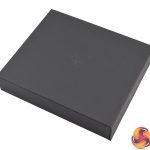
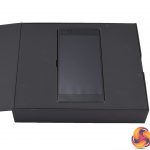
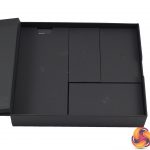
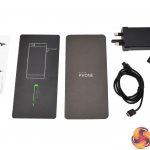
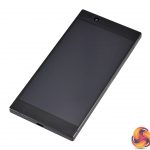
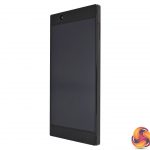
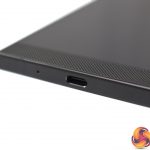
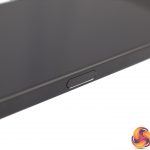
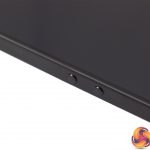
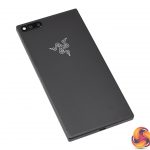
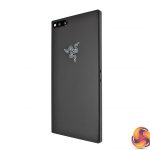
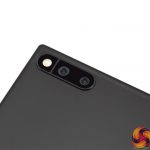
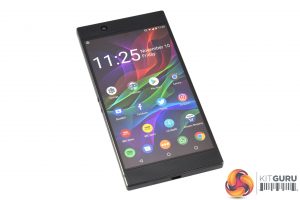
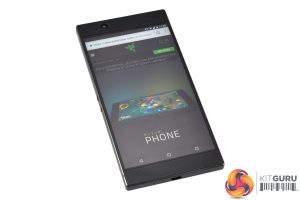
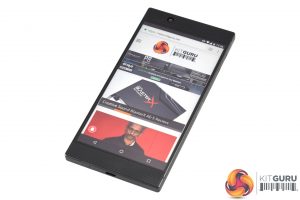
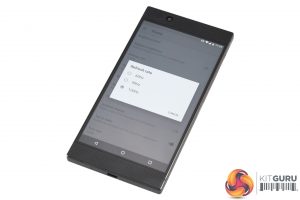

The only flagship with 4000mAh. Winrar!
doesn’t seem to be a big deal, I could be impressed if they could get out something like the sony xperia play with the slide in/out game pad. That could be a gamer phone.
Other than that it seem to be a good enough flagship phone but just that. Maybe it is just me here because camera is a big factor for me, but I don’t see anything to justify the cost of that phone.
I love the design and features of this phone. My only issue right now is the lack of aftermarket cases. Razer has 2 on its website, but neither is what I would call high impact resistant. I tend to like to keep my phone is the highest quality cases; Griffin Survivor, OttorBox Defender, Lifeproof, etc. As of yet I can’t find any manufacturers producing aftermarket cases for this phone, and that’s a deal breaker for me, as much as I like it. I hope this changes after release, cause I’m still rocking an S6. It’s survived hundreds of drops and is in perfect condition, so a quality case does make a huge difference.
According to the review it uses so much more battery that in the end it seems like a standard phone
If only it were available to be used in Verizon. Such a shame to cut off a huge US market share.
Its a great phone and the key feature is obviously the 120hz panel – no one else does that, so its going to sell to gamers on that point alone. I can’t help but feel however that the Samsung Note 8 is a better overall phone – just for the software alone. Its tough for Razer to jump in and compete with the big guys as they are just working on the first iteration of their software. Samsung have been around for so long in the Android sector, their software is what makes the phone so good.
As someone how is currently using the G6 too. how was your experience going back to the LG and which one would you prefer continue using ignoring the camera fact about the Razer Phone?
I’ll start this off by saying the Razer Phone is actually my daily driver now. I’ve not used the LG G6 much since switching, although I do have a few thoughts. The G6 is definitely easier to use one-handed due to the form-factor – it is not as wide as the Razer Phone, so reaching across is much easier. the G6’s 3.5mm jack is definitely in its favour, and it’s overall a bit smaller and more pocket-friendly. The Razer phone has better screen, better sound and better performance, though, while the battery life is probably similar. Razer Phone all day for me
Sounds Gr8 ordered mine earlier today. One big concern I’ve got tho how long did it take you to get used to the lock button on the right? I can’t imagine right now having it not on the back. Only used LG phones for the last couple year starting with the G2. And I’m so used to it that sometimes it forget that I have my buddies iPhone in my hand and wonder where the damn button went 😀
I got used to it pretty fast. As a right hander you’re thumb rests there naturally I think so it didn’t take long at all. Similarly intuitive to the G6 I’d say
Alright, thanks alot for your effort and this well written guide.
welcome 🙂